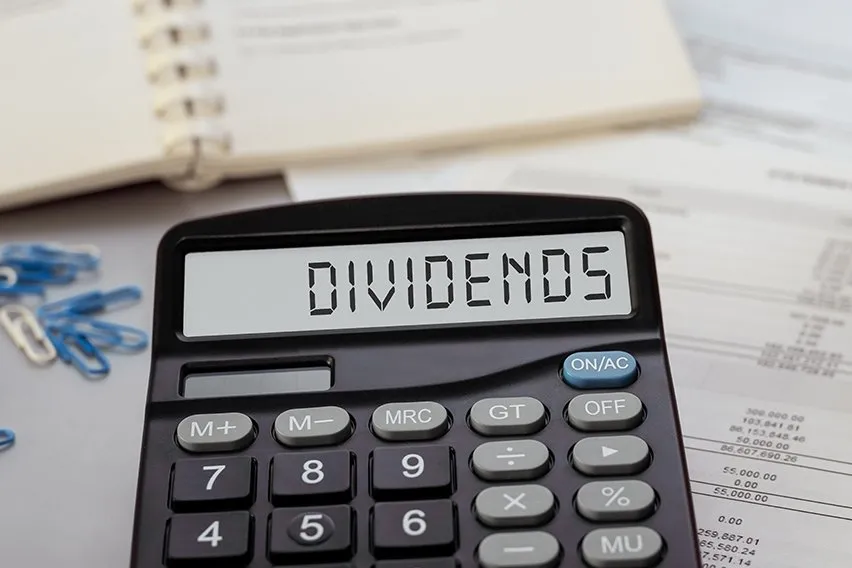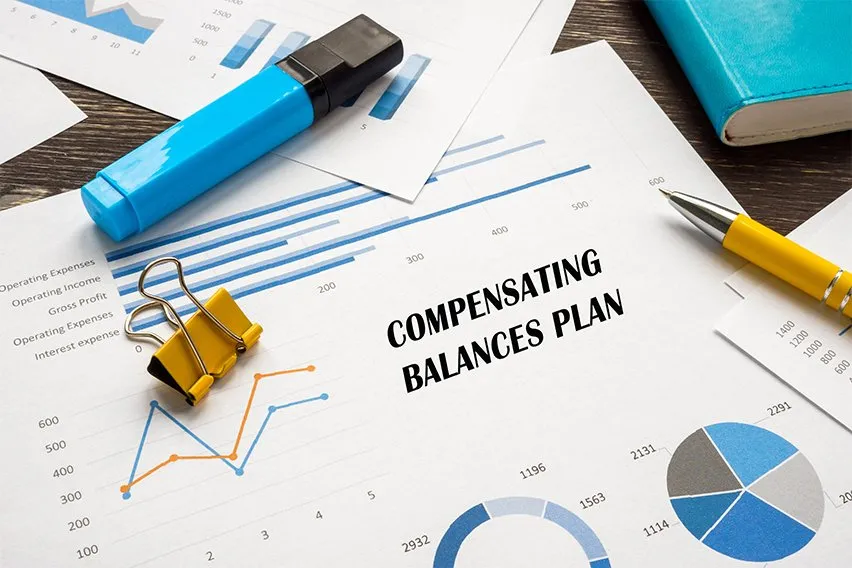What Are Franked Dividends & How Does It Work?

If you have ever invested in shares in Australia, you have probably heard certain terms get thrown around here and there. Things like dividend income, taxable income, cash dividend, imputation credit and marginal tax rate can be some of the most common. But, have you seen the term franked dividends and wondered what exactly they were?
There can be a lot to know and understand when it comes to investing in shares. And not knowing how things work can have certain tax implications. Plus, the different types of dividends that you hold can make a huge difference in how much you take home.
Here is everything that you need to know about franked dividends and how they work.
Here’s What We’ll Cover:
How Do Franked Dividends Work?
Different Types of Franked Dividends
How to Calculate Franked Dividends
What Are the Benefits of Franked Dividends?
What Are Franked Dividends?
Australia was one of the first counties to implement the use of franked dividends. They were created with the sole purpose of eliminating double taxation when it comes to company profits. Before franked dividends were introduced, income got taxed and any post-taxed dividends would then get taxed at a personal tax rate.
Similar to an individual paying taxes on the earnings that they make, your business also pays taxes on its earnings. For large companies, there’s a 30% flat-rate tax. But, as a shareholder, you will own a small portion of the company you have shares in.
This means that you’re entitled to a certain share of profits that usually get paid out in the form of a dividend. If you receive your dividend from the company’s profits after they have paid tax, you don’t have to pay tax on it again. This allows the company to avoid having to get taxed on two different occasions.

There is a franking credit attached to franked dividends that represent the amount of tax a company has already paid. Franking credits can commonly be referred to as imputation credits.
Even though large companies get taxed at a 30% tax rate, your personal tax rate could be lower or higher, and this is taken into account. If your tax rate ends up being less than 30%, the Australian Tax Office will issue a refund for the difference in any tax paid towards your dividends.
So, simply put, franked dividends are dividends that come from already taxed earnings.
How Do Franked Dividends Work?
A company will pay franked dividends to shareholders as long as the company has paid Australian company tax. Here is more of a breakdown of how franked dividends work.
- First, you will receive a dividend notice that also contains an item called franking credits. This is the amount of company tax that ended up getting paid on the dividend.
- Second, you will complete your own personal tax return. It’s important to remember that you will include both the franking credit and the dividend on your tax return.
- Third, you will receive a tax credit that’s at the same value as the franking credit. After this, the credit can then get offset against other income that you have received. Since most personal income gets taxed at less than 30%, franked dividends will almost always work out as tax-free.
- Fourth, any difference between your tax rate and the tax paid on the dividend will get refunded back to you.
Different Types of Franked Dividends
There are two distinct types of franked dividends. They are fully franked dividends and partially franked dividends. Even though many companies pay out dividends, they aren’t required to pay extra tax on profits that get redistributed to shareholders. So if a fully franked dividend already has taxes paid, you might also receive dividends that are unfranked or partially franked.
If that’s the case, it means that either some or no taxes have been paid before they issue the dividend to the shareholder. Partially franked and unfranked dividends usually happen because a company didn’t make a profit. Or, they could have carried forward previous losses which would have lowered their overall tax rate.
When that happens it means that the company is then subject to paying less or no taxes. This results in dividends getting paid out as partial or unfranked.
How to Calculate Franked Dividends
The good news is that calculating franked dividends is easy to do and it only involves a few steps. Basically, you need to divide the total dividend amount by the company tax rate, and then subtract the dividend amount.
The formula for calculating franked dividends would look like the following:
Dividend Amount / (1 – Company Tax Rate) – Dividend Amount = Franking Credit
Now, even though the calculating of franked dividends can follow a simple formula, there can be a few moving parts. These can include taking into account your personal tax rate as well as the company tax rate.

What Are the Benefits of Franked Dividends?
There can be several benefits to franked dividends. For you as a shareholder, dividends are already taxed so you don’t need to pay any additional taxes on your share of company profits. Franked dividends can also sometimes result in certain tax rebates if you get taxed at a higher rate.
This is usually because your personal income tax rate is less than the company tax rate. In an overall sense, they allow businesses to manage their capital and make better business decisions. In turn, this can translate into making better investments in the future.
Key Takeaways
Basically, when you fill in your tax return you’re going to include the dividend you have as well as the franking credit that came with it. If you have a personal tax rate that’s the same as a company tax rate, then the dividend will basically be tax-free. However, if you have a personal tax rate that is higher than the 30% company tax rate, you will have to pay a percentage on your dividend.
And it works in the opposite way, as well. If your personal tax return rate is less than 30%, then the Australian Tax Office will issue you a refund for the difference. Franked dividends can seem as though they’re complicated, and they can be. But once you get a solid grasp on how they work they will become very straightforward.
To keep things simple, a franked dividend is a dividend that has a tax credit that’s attached to it. An unfranked dividend is a dividend that does not have any tax credits attached to it. This was put into place by the Australian Tax Office when they introduced the Imputation System.
If a company has already paid the tax that they owe on their income, then a franking credit gets passed onto their shareholders. But, if a company didn’t perform as well as they thought it might during the financial year, then an unfranked dividend would get issued. This could also happen if they sold a tax-exempt asset, for example.
Let’s break this down into even simpler terms.
As a shareholder in a company, it means that you purchase a small piece of ownership. You then get a piece of the profits which get paid out in dividends. This is usually based on a certain amount per share. If you owned 10,000 shares at $0.10 per share, your dividends would work out to around $1,000.
Franked dividends and franking credits got introduced to prevent double taxation of dividends.
Did you enjoy reading this guide? Head over to our resource hub for more great content!
RELATED ARTICLES

 The Complete Guide to Ceteris Paribus
The Complete Guide to Ceteris Paribus An Overview of Sensitivity Analysis
An Overview of Sensitivity Analysis What Is Compensating Balance? Definition & Example
What Is Compensating Balance? Definition & Example What Is an Oligopoly? Definition, Characteristics & Examples
What Is an Oligopoly? Definition, Characteristics & Examples What Is Demand-Pull Inflation? Definition & Examples
What Is Demand-Pull Inflation? Definition & Examples Cost Pull Inflation: Definition, Examples & Causes
Cost Pull Inflation: Definition, Examples & Causes